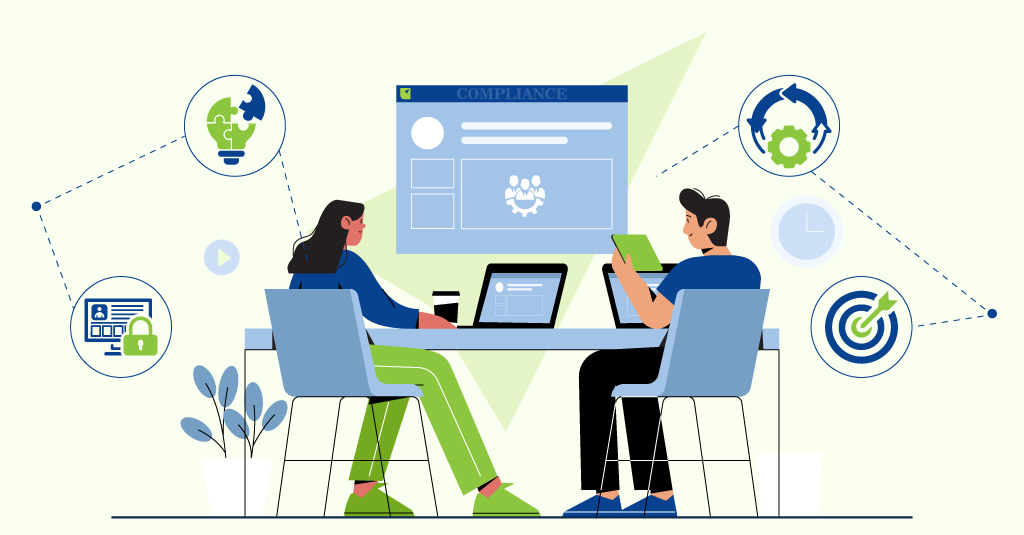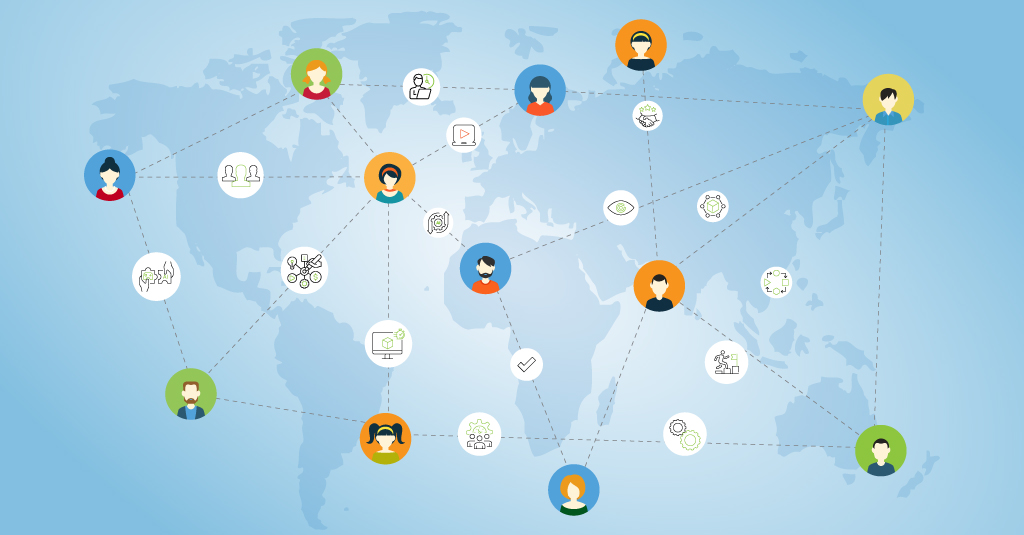It’s important to start designing for gamification in eLearning without looking at the killer examples that some of us in the community have put out. I cannot stress more the importance of this.
After a few months of designing with the help of these examples freely available on the internet, the projects that I’ve worked on have ended up on the internet’s trash, and I feel sad for the effort that I put in those decks. The only positive thing that has happened is that I get to talk about them now.
Gamification is simple. The process of gamifying is simple too; it’s got plenty of overlaps with processes from other disciplines. The way I see it, it can be divided into understanding and spending time with three elements of ‘whatever you’re gamifying’.
The first is really about understanding the audience, what motivates them, what helps them go through their days & their existence. Pretty similar to writing there. We all know what happens to characters that are written without a lot of depth. We forget about them. No points for guessing. So it’s imperative that you really need to understand the audience like a writer understands the character she’s writing.
The second step is to properly understand the business problem you’re trying to solve with the solution that you’re designing. I personally like to spend a lot of my time here. It’s mostly here that a solution is cracked. The core of figuring out a gamification solution is to really define the problem in the most succinct way possible, which has explored all the requirements and expectations of all the stakeholders involved. Defining the business problem first and then cracking it is the most fun part of this process. Everyone’s got their own way to go about it, but you got to do what feels natural to you.
The third step, which everyone seems to think is the most important step for gamification, is designing an incentive system that leads the players through a path of least resistance & fun, which also happens to solve the business problem that’s been defined. Now, if you’ve got no or very little idea about the audience or the business, how do you think you’ll fare on this step? It’s okay, don’t take it so hard on yourself, maybe the 6 killer examples of gamification might inspire you, but I’m pretty sure, it’ll be in the wrong direction.
When I’m stuck on this third step, I usually end up playing a lot of games. And if I cannot play, I watch others play that game. You know the internet is a wonderful place, where you can watch people play a game like Deus Ex: Human Revolution in its entirety, who would’ve thought there’d be a 15-hour walkthrough of the entire game!
You know why playing/watching games is better than sifting through the 6 killer examples of gamification in eLearning or even hunting for game mechanics that you might be able to use in your new project (this is a popular sport among the newbies)? It’s because you’ll never understand the motivations involved when using that power-up that kills the boss monster or the mechanics of leveling up that make the game so goddamn interesting. So it’s important to play, only then you’ll better understand why the 6 killer examples make no sense in while you’re designing for your new project.



















